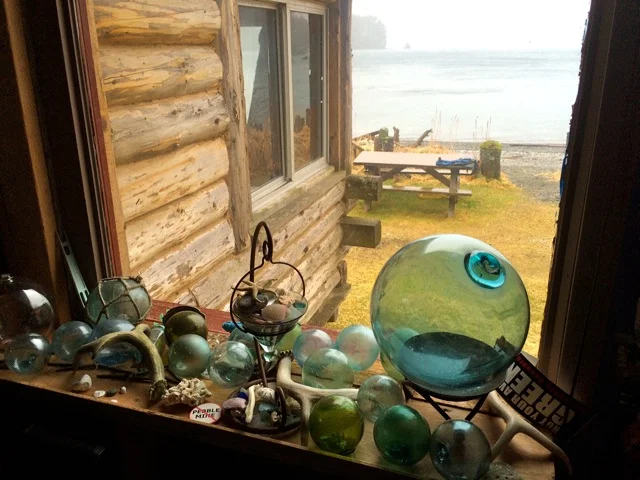Note: This article was first published in the August 2017 issue of Pacific Fishing.
“But this Treaty is the beginning… Our own Fisheries, now so considerable, were small in the beginning… Small beginnings, therefore, are no discouragement to me,” Senator Charles Sumner, Chair of the Foreign Relations Committee, said to the US Senate on April 8, 1867, speaking of the potential of Alaska’s mostly-unknown fisheries.
Just the week before, Secretary of State William Seward negotiated the Treaty of Cession with Russian Ambassador Eduard de Stoeckl. The United States was about to purchase Alaska for $7.2 million, but the treaty required Senate approval. Sumner spoke to the Senate at length about the opportunities available to the United States if the body approved the acquisition of Russian America.
Sumner waxed about the otters, the timber, the potential for mines (gold had not been discovered in significant quantities in Alaska), but he ended with fisheries. He detailed the reports of European explorers who caught hundreds of halibut with limited effort, of large Native communities subsisting on salmon through the winter, of the newly pioneered cod grounds off the Aleutian Islands. He envisioned an Alaskan fishing industry that would feed growing domestic markets in California, that would export salted fish to majority Catholic nations in Latin America, and that would provide seafood to nascent Chinese and Japanese markets.
Sumner knew that Alaska Natives were exceptional seamen, and imagined a day that
“The beautiful baidar will give way to the fishing smack, the clipper, and the steamer. All things will be changed in form and proportion; but the original aptitude for the sea will remain. A practical race of intrepid navigators will swarm the coast, ready for any enterprise of business or patriotism. Commerce will find new arms; the country new defenders; the national flag new hands to bear it aloft.”
He concluded his speech, stating, “…the Fisheries, which, in waters superabundant with animal life beyond any of the globe, seem to promise a new commerce to the country.” The next day, the US Senate ratified the treaty. Alaska and its marine resources became American.
The commercial salmon industry started soon after. Entrepreneurs salted fish in barrels at Karluk on Kodiak Island, in Karta Bay on Prince of Wales Island and elsewhere. But it was a Scottish entrepreneur named George Hamilton who claims the glory of founding what would become the first establishment to put out a can of salmon in Alaska.
Hamilton started a saltery at Klawock on Prince of Wales Island in 1869. He sold his concern to a California firm called Sisson, Wallace & Co and became a shareholder in the newly established North Pacific Trading & Packing Co. In 1878, the first two canneries were built on Alaska’s shores. The North Pacific Trading and Packing Co. was established at “Hamilton’s Fishery” in Klawock, while the Cutting Packing Co. was built in Sitka. However, the Klawock cannery managed to process the first can of salmon, thus earning the distinction of being remembered as the first cannery in Alaska.
Fred Hamilton of Craig, the 96-year old grandson of the founder of Alaska's first cannery. Fred is also the oldest living Haida man.
Little is recorded about the early American era of Alaska’s fishing history, and even less about George Hamilton. This summer I traveled to Prince of Wales Island in an attempt to track down new sources and old memories. There I met Fred Hamilton of Craig, Alaska. Fred is the 96 year old grandson of George Hamilton. Fred never met his grandfather, but recalled what he had heard of him. “He was a businessman. He did a lot of travelling. He built a sawmill here, along with a partner. They had a schooner here that delivered lumber.” Fred’s grandmother is a Haida woman named Maggie. Perhaps it is partly due to this family connection that many of the cannery workers at the North Pacific Trading & Packing Co. were Alaska Natives in the early years, when most other establishments relied on Chinese crews.
I asked Fred why Klawock was selected as the site for this early cannery. “They always looked for a good supply of water. And Klawock had a good supply. It’s a protected place, with a really good salmon stream there and a lake, with all species of fish except king salmon.” There were ample fishermen, as well; the cannery purchased salmon from local Natives.
At the time of the establishment of the Klawock cannery, eleven years had passed since Sumner’s speech and the subsequent Alaska Purchase. Alaska’s commercial salmon industry was tiny, but it was viable. It was Fred Hamilton’s grandparents who took the early steps to convert Charles Sumner’s vision for Alaska into reality.

